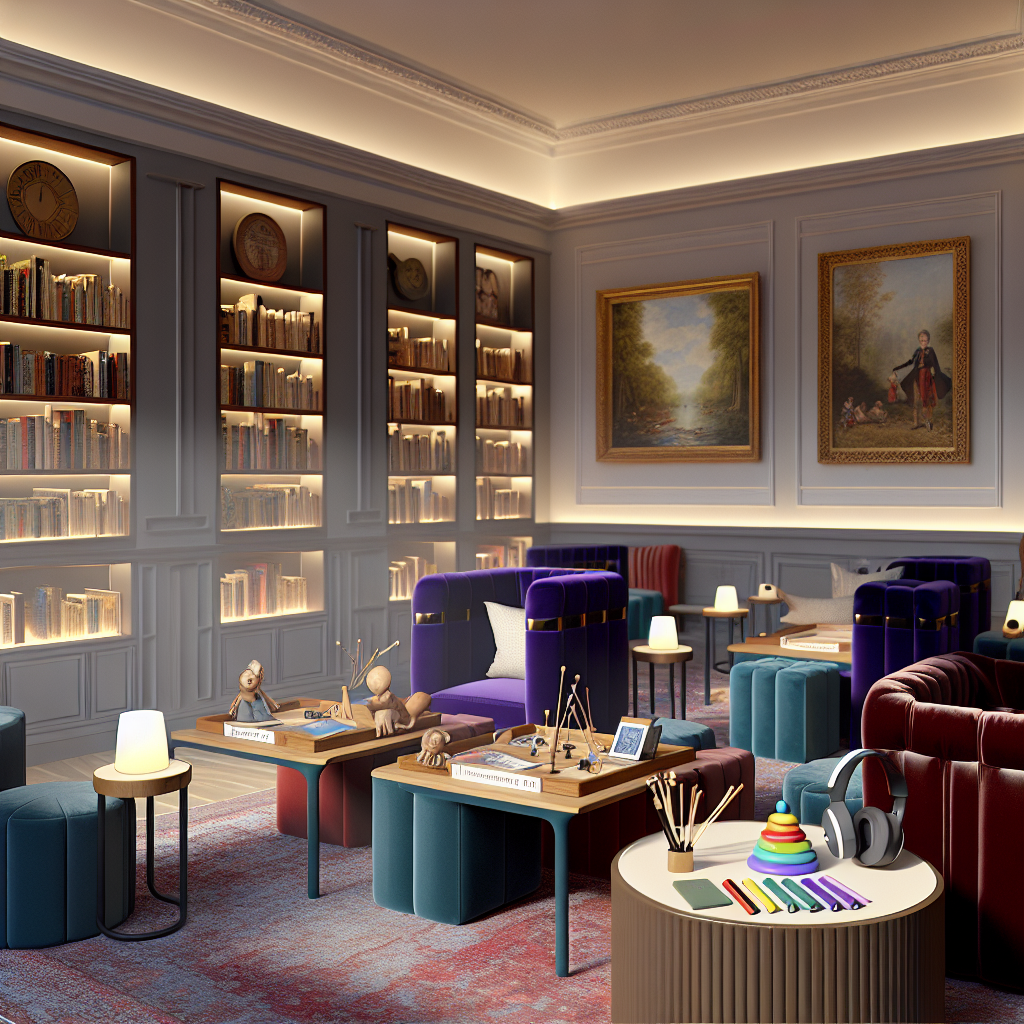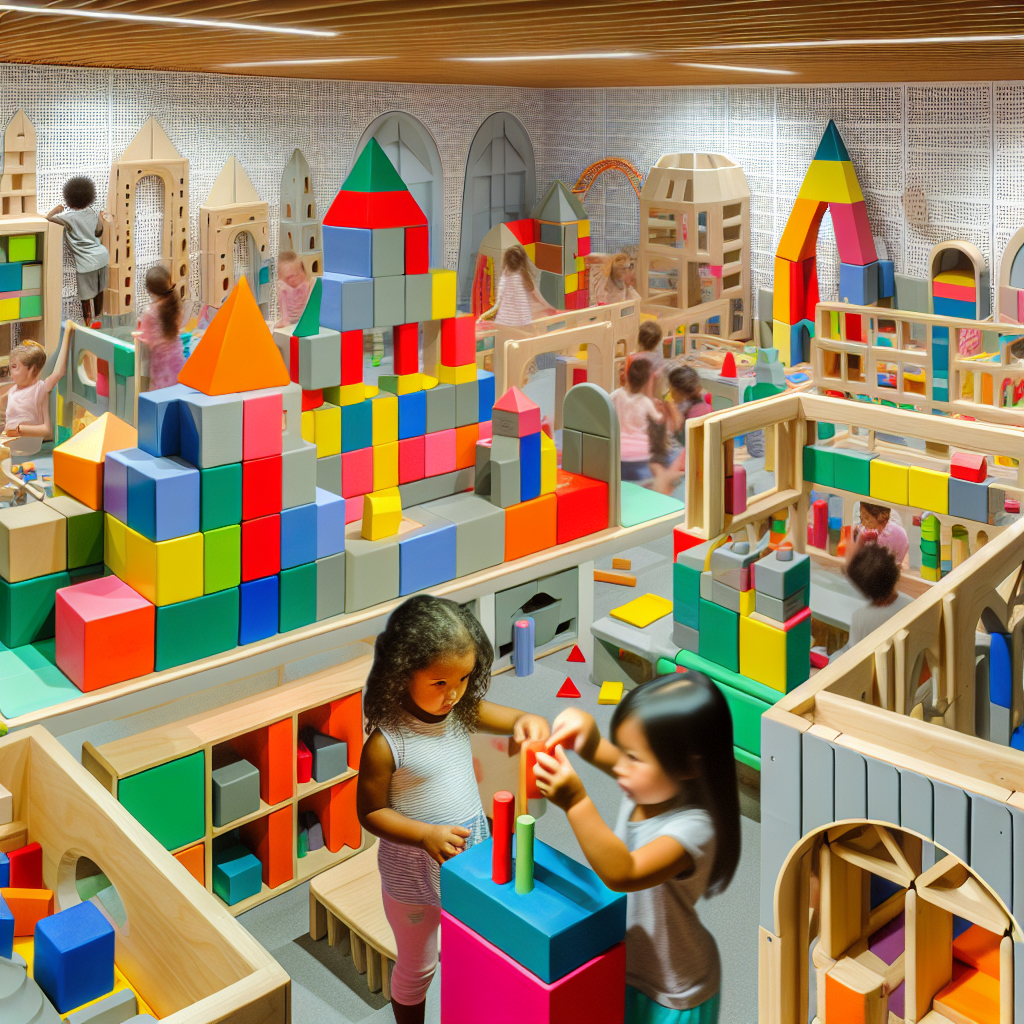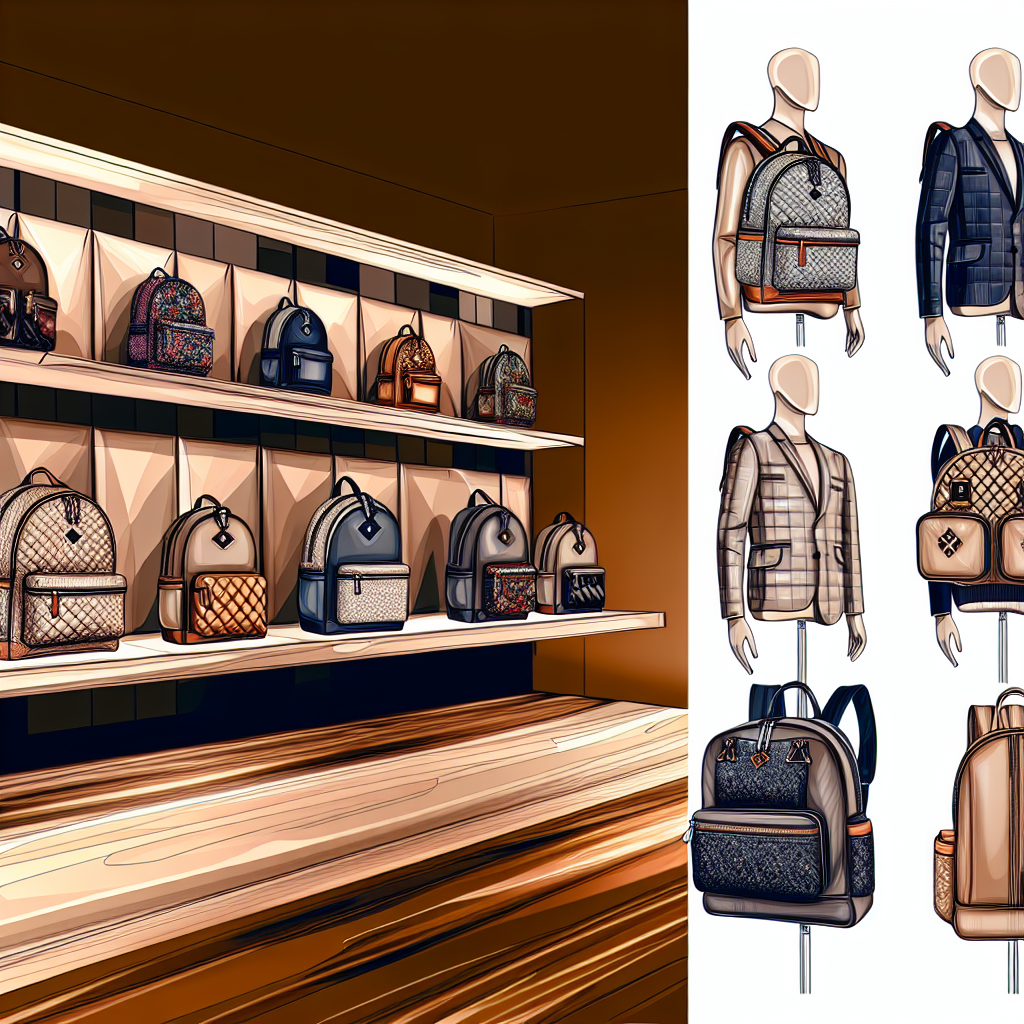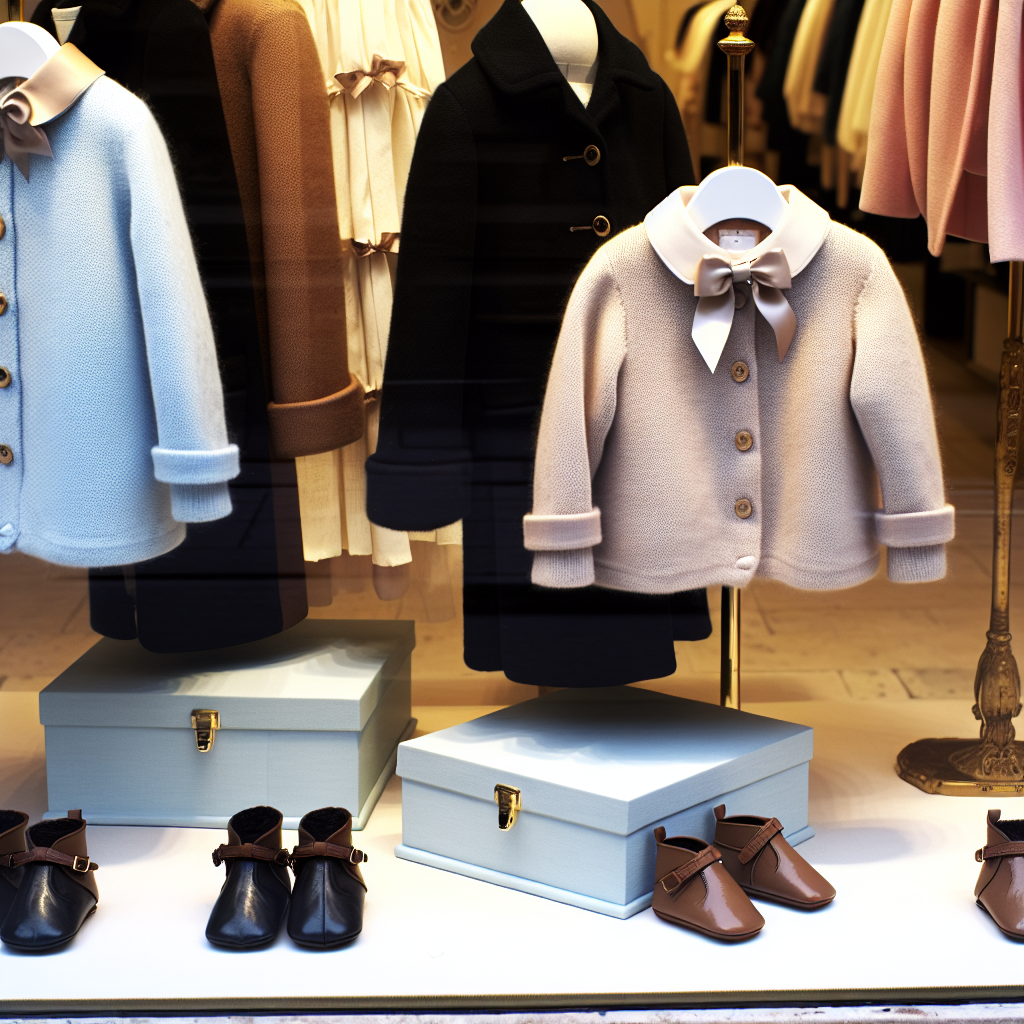Multi-Sensory Literacy Environments: Designing Luxury Spaces That Accelerate Reading Development
Introduction: The Future of Reading Begins in the Home
Modern parenting for families of means often involves seeking out the very best for their children—not simply in material items, but in thoughtfully curating environments that nurture intellect, creativity, and emotional intelligence. Within this pursuit, early literacy development is one of the most valuable investments a child can receive. But in today’s fast-paced digital world, teaching children to love reading—and doing so effectively—requires more than just access to books.
Enter the concept of multi-sensory literacy environments, a transformative approach to childhood education. This methodology harmonizes tactile, auditory, and visual stimuli to support and accelerate how children read, listen, feel, and ultimately comprehend language. For high-net-worth families seeking bespoke educational solutions, these environments blend cutting-edge science with luxury design, forming immersive spaces specifically tailored to foster learning and cognitive growth.
These aren’t simply attractive libraries or playful reading areas. They are adaptive spaces that stimulate every sense—featuring custom soundscapes paired with phonics development games, sensory-friendly furniture, ambient lighting, and responsive educational technology. Together, these elements create learning environments that encourage curiosity, enhance memory retention, and build a child’s confidence and passion for independent reading.
Today’s definition of luxury extends beyond aesthetics—it’s about personalization, intention, and measurable performance. With more studies supporting the efficacy of sensory-based instruction, these enriched setups become an essential asset for every stage of literacy development. This article examines the science behind these methods, how you can implement them in your home, and why the fusion of function and design may become your child’s most powerful educational asset.
The Science Behind Sensory-Driven Reading Spaces
The foundation of multi-sensory reading environments lies in decades of validated research from neurology and developmental psychology. Early scholars like Dr. Samuel T. Orton and educator Anna Gillingham developed what we now know as the Orton-Gillingham Approach. This evidence-based methodology emphasizes phonemic awareness through structured, kinesthetic, visual, and auditory exercises.
Research has evolved, but the principles remain timeless. A 2016 paper from the journal Trends in Neuroscience and Education found that multi-sensory learning activates multiple neural networks simultaneously. This integrative stimulation enhances brain plasticity, improving not only memory and speed of comprehension but also emotional resonance—a critical component for lasting learning.
Studies from institutions like the Yale Center for Dyslexia & Creativity show that children—notably those with dyslexia—greatly benefit from touching, hearing, and speaking letters or words simultaneously. This sensory alignment taps into distinct cognitive pathways, improving decoding capabilities and linguistic mastery for both struggling and high-performing readers alike.
In essence, multi-sensory instruction transforms reading from a passive task into an immersive whole-brain activity. By triggering multiple sensory inputs, these approaches offer enriched experiences that not only teach how to read, but how to love reading.
Designing Literacy With Elegance: Bespoke Features That Matter
Translating science into design is the key to creating effective and luxurious literacy spaces. By incorporating refined elements aligned with educational goals, you offer children an environment that nurtures both engagement and sophistication.
Here are just a few examples of features that transform a reading area into an opulent multisensory sanctuary:
- ✅ Sound-optimized walls to absorb noise and deliver enriched audio narration or audiobooks
- ✅ Aromatherapy diffusers scheduled to emit calming or refreshing scents aligned with reading genres or times of day
- ✅ Tactile furniture like textured bean bags or adjustable chairs designed for physical comfort and fidget support
- ✅ Circadian-friendly lighting that adjusts to reading type—softer for fiction, brighter for studying
- ✅ Customized interactive “word walls” with different materials: felt, wood, metal—designed for tactile engagement
Additionally, digital integration with apps like OGStar Reading or Letterland can transform traditional screen use into an enriched phonemic experience. These apps can be projected onto interactive smartboards or discrete e-ink panels to reduce glare and promote visual literacy.
By making use of such thoughtful details, families not only foster reading success—they create spaces that invite reflection, mindfulness, and independent thought, all in an atmosphere of understated luxury.
Why Luxury Matters in Learning: Personalization, Purpose & Performance
What defines luxury in a child’s learning space? It’s not exorbitance—it’s intention. Luxury, in this sense, is about how design, function, and pedagogy converge to create environments that perform.
At its core, a well-designed multi-sensory reading environment promotes:
- 📚 Lifelong Learning by embedding reading into a child’s daily lifestyle
- 💡 Intellectual Confidence through repeated success in comprehension and fluency
- 🧠 Critical Thinking by encouraging imaginative and analytical interaction with text
- 🧸 Emotional Regulation via sensory design that lowers cognitive stress and enhances focus
- 🧬 Lasting Brain Development through rich, multi-sensory brain engagement
Personalized environments support a child’s individual learning strengths and challenges. Whether your child is tactile, highly visual, or thrives with auditory reinforcement, curated design enables spaces to adapt to their evolving educational needs.
This is precisely why luxury matters—it provides the bandwidth and resources to not only add functionality but to ensure those functions fit perfectly with your child’s developmental blueprint.
Conclusion: The Ultimate Investment in Your Child’s Mind
Luxury, when aligned with purpose, becomes transformational. Multi-sensory literacy environments invite children to transcend the page, engaging with words through sensation, emotion, and exploration. These tailored sanctuaries foster not only academic success but a lifelong appreciation for language, thought, and culture.
The key value isn’t just innovation—it’s immersion. These spaces support attention, reduce frustration, and turn literature into a multisensory adventure. For discerning families seeking more than academic achievement, investing in their child’s inner world—with spaces customized for how their mind learns best—may very well be the most lasting gift of all.
References
- What is the Orton-Gillingham Approach? – The Orton-Gillingham Academy
- Multi-Sensory Learning and Brain Activation – Trends in Neuroscience and Education (2016)
- Multisensory Approaches – Yale Center for Dyslexia & Creativity
- Letterland Phonics Program
- OGStar Reading Games

Dominic E. is a passionate filmmaker navigating the exciting intersection of art and science. By day, he delves into the complexities of the human body as a full-time medical writer, meticulously translating intricate medical concepts into accessible and engaging narratives. By night, he explores the boundless realm of cinematic storytelling, crafting narratives that evoke emotion and challenge perspectives. Film Student and Full-time Medical Writer for ContentVendor.com




